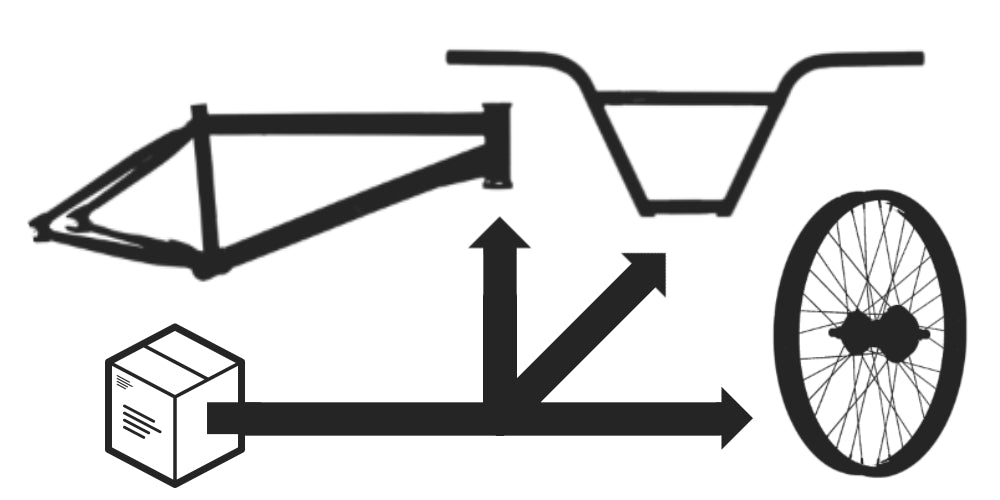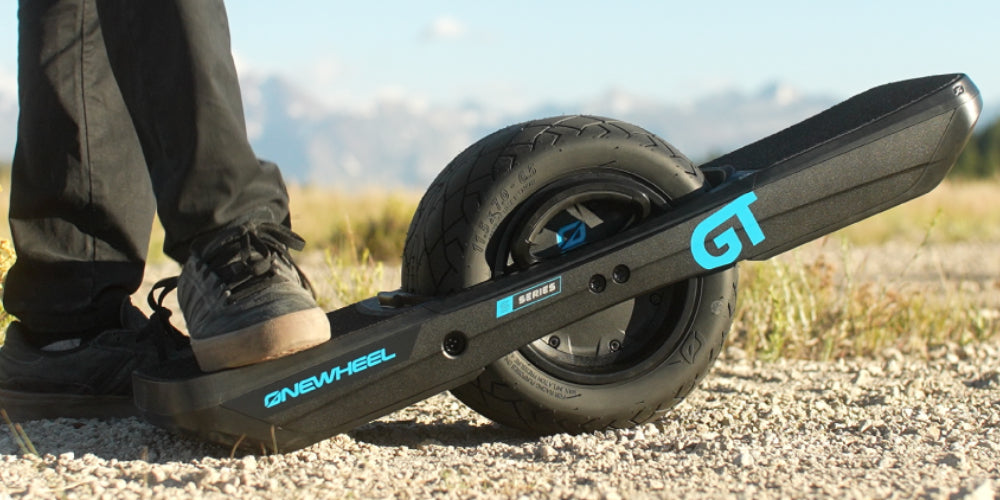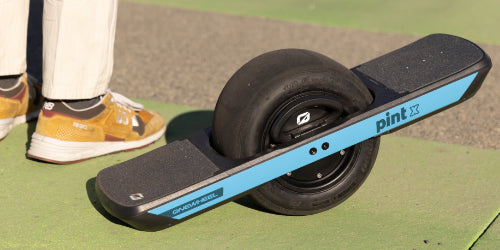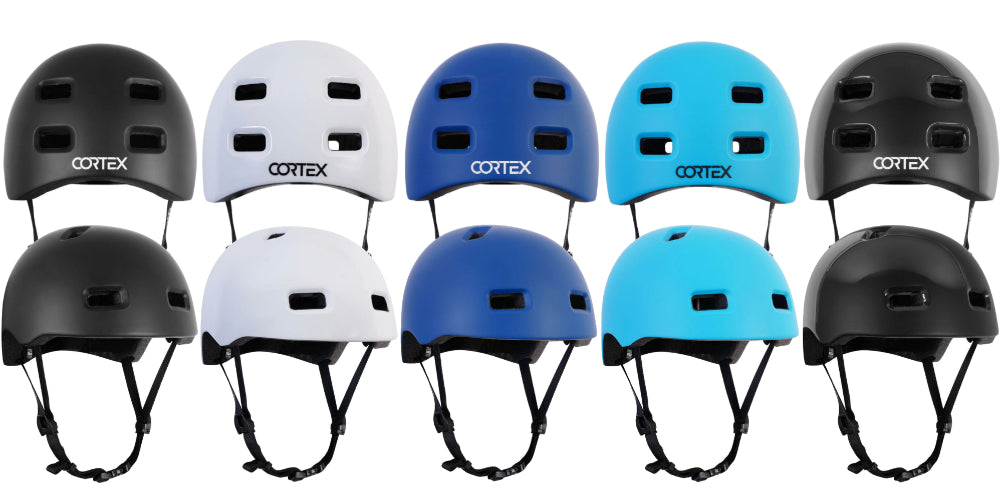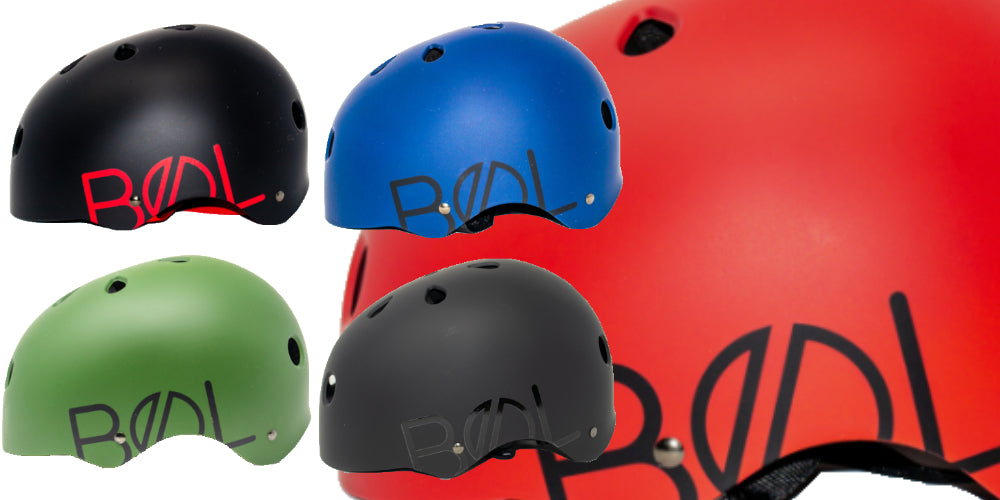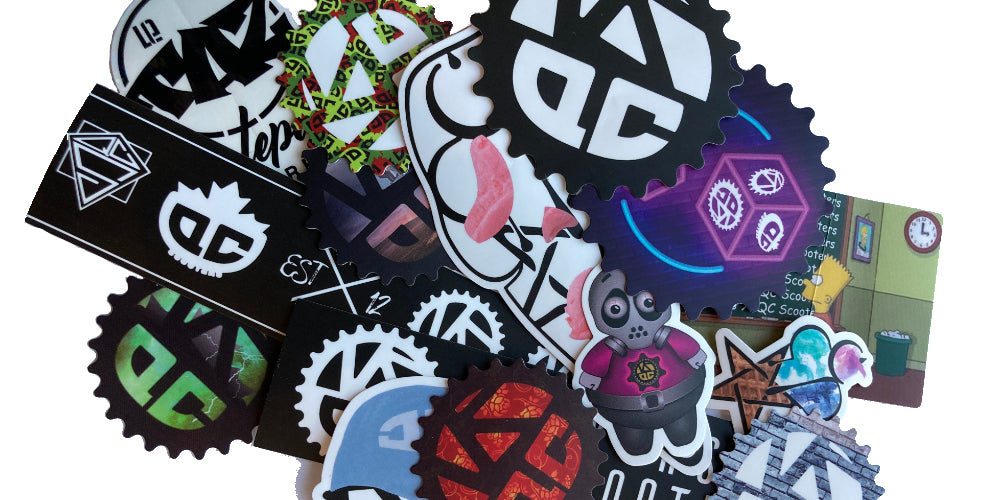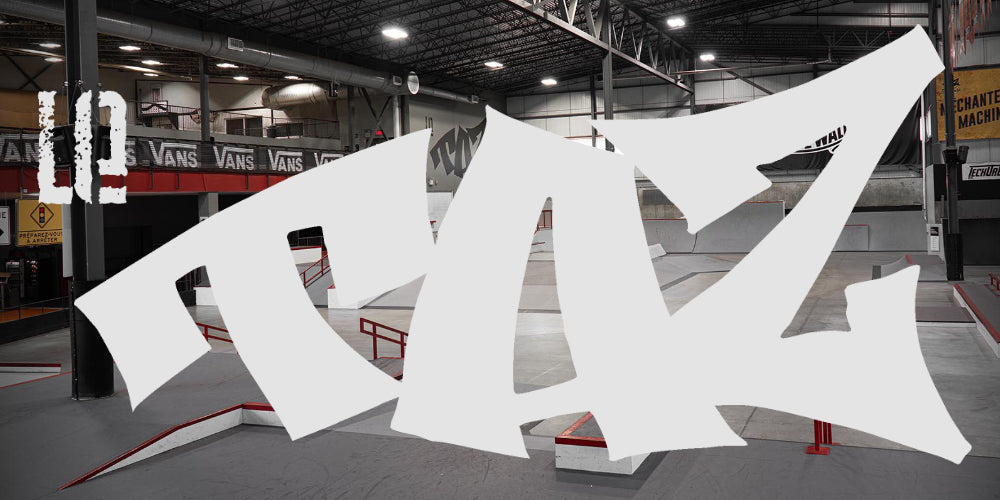Buyers Guide For Scooter Bars
The Ultimate Guide to Pro Scooter Bars: Shapes, Sizes, & Materials
Choosing the right pro scooter bar is one of the most important decisions you'll make when building or upgrading your scooter. The bar's shape, size, and material can dramatically affect your riding experience, whether you're a street rider or a park enthusiast. This guide will help you understand the key differences to find the perfect bar for your riding style.
Scooter Bar Shapes: T-Bars vs. Y-Bars
The two main categories for scooter bars are T-Bars and Y-Bars. While other shapes exist, these two families cover most options and make it easy to differentiate.
T-Bars
True to their name, T-Bars have a classic 'T' shape. They're a staple for street riders due to their clean, minimal design. These bars do not feature any backsweep (backward angle) or upsweep (upward angle), providing a straightforward, rigid feel. Even T-bars with reinforcement gussets at the T-junction are considered T-bars, as the core shape and feel remain the same.
Y-Bars
Y-Bars are any scooter bar that isn't a pure T-shape. This typically includes bars with a 'Y' shape, a curved top tube, or additional reinforcements. The curved design of a Y-bar can help distribute stress along the tubing, often resulting in a stronger setup. Y-bars may also feature backsweep or upsweep, which can provide a more ergonomic feel, similar to what's common on bicycles.
-
Backsweep: The backward angle of the bar.
-
Upsweep: The upward angle of the bar.
Pro Scooter Bar Sizing
There is no single "best" size for a scooter bar; it all depends on the rider. A general rule is to choose a bar that reaches around your waist or belt line, but personal preference and riding style are key factors.
-
Park Riders: Typically prefer smaller, lighter bars for easier maneuverability and quicker tricks. A smaller bar makes the scooter lighter and easier to spin and control.
-
Street Riders: Often opt for a taller bar for a more stable setup. Taller bars are beneficial for balance-focused tricks and are a better fit for the larger decks commonly used in street riding.
-
Younger Riders: For younger riders, it's best to choose a bar that is as tall as they are comfortable with. Bars can always be cut down later to accommodate growth and skill progression.
Pro Tip: You can easily cut most scooter bars to your desired height and width. However, if you have butted bars (bars with varying tubing thickness), be sure to confirm with the retailer before cutting, as certain sections may be off-limits.
Scooter Bar Tubing Sizes & Compatibility
In the scooter world, bars are categorized by their outer and inner diameters, which determine compatibility with forks and clamps. To simplify things, let's only talk about standard and oversize sizings.
-
Standard Size:
-
Outside Diameter: 31.8mm
-
Inside Diameter: 28mm
-
-
Oversized:
-
Outside Diameter: 34.9mm
-
Inside Diameter: 32mm
-
Compatibility is critical! Your bar's inside diameter must fit your fork's compression system, and the outside diameter must fit your clamp.
Important Note: Some bars have a standard outer diameter but an inner diameter that is not compatible with slit-based compression systems (like IHC or HIC). These specific bars can only be used with an SCS clamp.
Scooter Bar Materials: Weight vs. Durability
The material of your scooter bar is a major factor in its weight, strength, and price.
Chromoly Steel / Steel
Chromoly steel bars are the strongest and most durable option. They are also the heaviest. Standard steel bars have a uniform tubing thickness, with standard bars having standard inside/outside diameters, and oversized bars having oversized inside/outside diameters.
Many companies are now producing butted chromoly bars. This innovative technology uses varying tubing thicknesses to reduce weight without compromising strength. Butted bars offer an excellent balance of strength, weight, and cost, making them a top choice for serious riders.
Check out our blog about chromoly butted bars for more infos!
Aluminum
Aluminum bars are a fantastic way to significantly reduce your scooter's weight. However, aluminum is not as strong as steel or titanium. To compensate, aluminum bars are made with thicker tubing, which means they typically have a standard inside diameter but an oversized outside diameter. Be sure to double-check the specifications for each specific bar, as there are exceptions.
Titanium
Titanium bars offer the ultimate performance, combining the lightweight feel of aluminum with the incredible strength of steel. They are the most expensive option on the market but are a top choice for riders seeking the best of both worlds. Titanium bars use the same sizing conventions as steel, with either standard or oversized diameters for both the inside and outside tubing.
Compression System Compatibility Chart
To ensure your new scooter bar is compatible with your existing setup, consult this chart based on your compression system.
-
IHC (Internal Hidden Compression): Requires a bar with a standard inner diameter and a slit.
-
Compatible Bars: Standard Chromoly/Steel/Titanium, and Oversized Aluminum.
-
-
HIC (Hidden Internal Compression): Requires a bar with an oversized inner diameter and a slit.
-
Compatible Bars: Oversized Chromoly/Steel/Titanium.
-
-
SCS (Standard Compression System): The clamp covers the bar's end, so it does not require a slit. A slit bar can be used with an SCS plug to nullify the slit.
-
Compatible Bars: Standard Chromoly/Steel/Titanium/Aluminum, and Oversized Chromoly/Steel/Titanium/Aluminum.
-
-
ICS (Inverted Compression System): Requires a bar with a standard inner diameter and a star nut inside.
-
Compatible Bars: Standard Chromoly/Steel/Titanium, and Oversized Aluminum.
-
For a better understanding, refer to our blog about compression systems!




